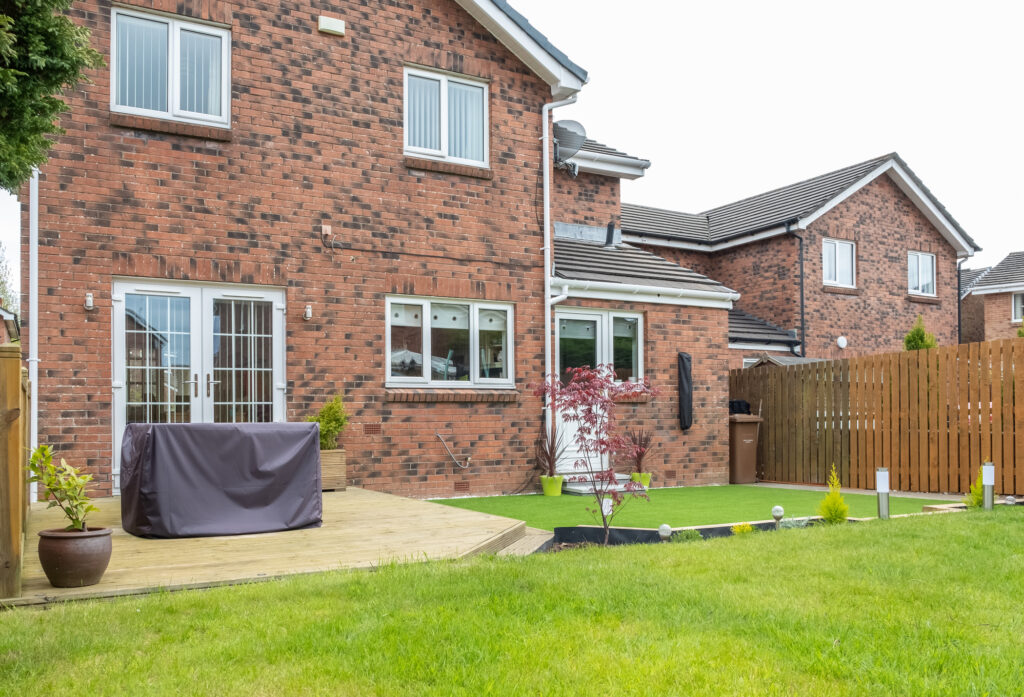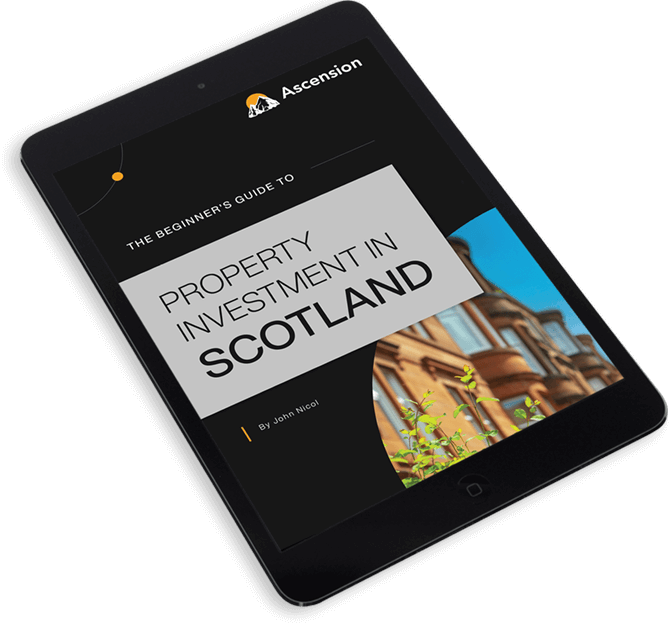In these times of high inflation and uncertainties over the cost of living, people are turning to property investment for a bit of certainty.
If you’re thinking along these lines yourself, you may be wondering: which is the best property investment strategy for you?
As a seasoned property professional, I get that it can be bewildering trying to figure out the best property investment strategy to go with, so I’ve written this blog which will hopefully help to clarify which one might be the right fit.
So, without further ado, let’s dive in and take a closer look at some investment strategies.
Buy-to-let
Buy-to-let is widely acknowledged as one of the most popular property investment strategies out there, and with good reason. A shortage of affordable housing means many people have no choice but to rent, so demand for rental property is high.
After you’ve purchased a property for the purpose of making it a buy-to-let, you’ll become a landlord with your tenant(s) paying rent and assuring a monthly income for you.

This income should be sufficient to pay your running costs and mortgage payments, with, ideally some profit left over to enjoy or re-invest back into the property. This profit is referred to as ‘passive income’ or ‘making money while you sleep’.
NOTE: As long as you have a letting agent to take care of the regular maintenance and safety checks, that is! Some landlords prefer a more ‘hands-on’ approach, which really just comes down to personal choice.
Pros:
- A regular monthly income
- An tangible asset which appreciates year on year
- Opportunity to refinance the property after a certain amount of time
Cons:
- You have to wait to see an appreciation on your asset
- Being a landlord is a significant responsibility
- There may be unexpected costs if there are issues (leaks, appliances breaking etc.)
Best for you if:
- You like the idea of passive income
- You enjoy providing a secure home for your tenants
- You are ready for the responsibility of being a landlord
Buy-to-flip
With a buy-to-flip strategy, you’re seeking a property to renovate and sell at a profit. You’ll only own the property for a short time before selling it on, so once the renovation is complete, it’s taken off your hands, leaving you free to set out on your next venture.
Buy-to-flip can work particularly well if you have a good knowledge of an area, particularly up-and-coming areas where you may be able to find a property below market value or add significant value to it.
Pros:
- Short-term venture, so no long-term commitment
- Can be repeated with the intention of saving for a larger purchase or reinvesting
Cons:
- A greater initial upfront investment (but potentially big returns)
- One off-payment rather than regular returns
- Flipping a property can be a lot of work – but you can hire a project manager to take care of it for you
- Usually best done with a joint venture partner
Best for you if:
- You’re looking for a faster return on your investment
- You’re looking to share the work with a partner

HMOs
HMO stands for ‘House in Multiple Occupation’ where three or more tenants form a single household but each has a separate tenancy agreement. In an HMO, tenants all share the kitchen, toilets and bathrooms.
Although HMOs require a specific license, it isn’t a complex procedure and is worth it principally for the fact that you can generate multiple incomes from a single property rather than just one as you would do with a regular, single tenancy.
Pros:
- You can generate multiple income streams
- Each individual has a separate tenancy agreement
Cons:
- HMOs require a specific license
- Popular with students, so can be quite seasonal
Best for you if:
- You’re looking to get the most income from your property
- You’re ready for the added responsibility of having multiple tenants under the same roof
Commercial-to-residential
In this strategy, you will be taking a previously commercial space such as a shop or office, and refurbishing it to become a residential space.
This can be a more complex undertaking as you may need to ask for planning permission and you will probably have to submit an impact assessment on the community to the local council.
However, this can be offset against the chance to create a place for someone to live which was previously unloved and empty. And of course, you’ll be creating a concrete asset from which you will enjoy capital appreciation over time.
Pros:
- Repurposing a previously unused space as a residential property and creating a space for someone to live
- If you enjoy a challenge, property managing a commercial-to-residential property is really something you can get your teeth into.
Cons:
- It can be a complicated process and best done if you have experience of property development
- You may have to wait while an impact assessment is done and/or ‘change of use’ planning permission is granted.
Best for you if:
- You’ve already explored other property strategies and are looking for a fresh challenge
- You like the idea of putting something back into, or improving an aspect of the local community

Advice from a property professional
It’s important to consider your own circumstances when deciding which is the best property investment strategy for you. Many investments require time and energy, so always consider the bigger picture.
If you have those to spare, great. But if not, make sure to tailor the investment strategy to suit you and make the most of your resources.
If you’re still keen on a particular strategy but feel you lack the expertise or time, you don’t have to do it on your own. There is plenty of help and advice out there and the right investment partner can make the whole process more or less ‘hands-off’.
As with all property investments there is an element of risk involved, which is why I always urge you to do your due diligence whatever strategy you choose. Venture partners can help make projects easier but it’s wise to do your research first.
Always make sure that anyone you choose has been carefully vetted with an excellent track record. The promise of a great return means nothing without sufficient expertise and substantial evidence of successful past projects.
Conclusion
Thanks for reading! As you can see, there are plenty of strategies to choose from and I hope that this blog has helped you to understand what they are and which might be the best property investment strategy for you.
Property investment can seem quite intimidating but it doesn’t have to be as exclusive as it sometimes feels. A company who uses plain language and communicates with openness and transparency can make the process much easier.
If you have any further questions about what I’ve talked about in this blog, please get in touch for a free consultation. There’s no obligation and no prior investment experience needed.

Written by John Nicol
Founder, Ascension Property Investments
Get in touch on 01383 603091 or email me via [email protected]





